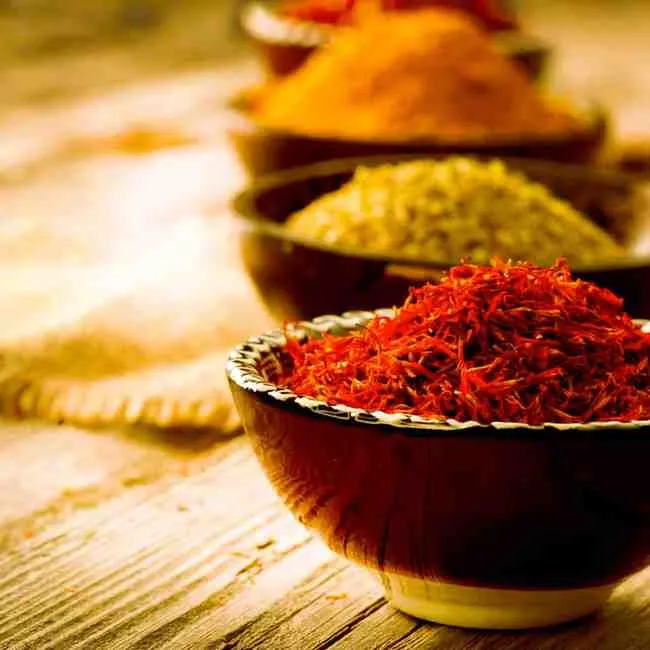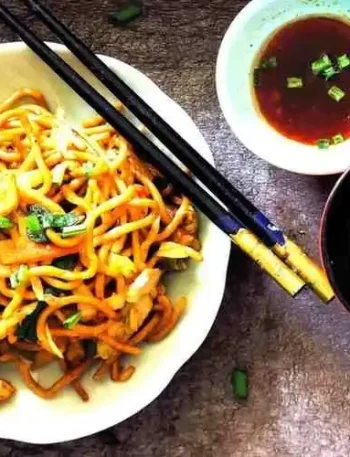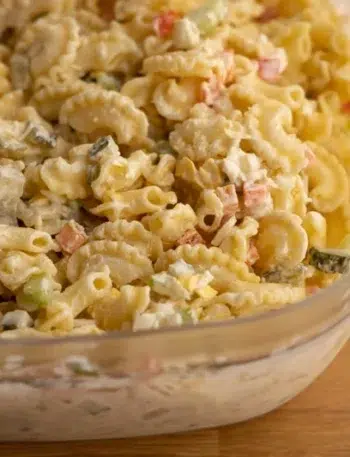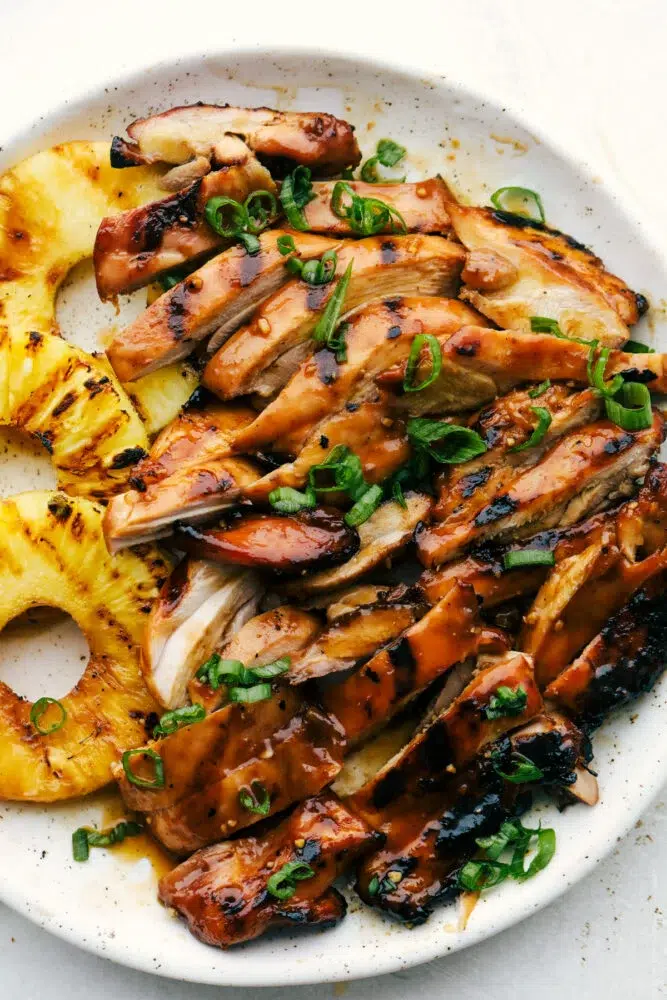Thai food is famous for its sweet, spicy, sour, and salty flavours. Among the most popular dishes are green, red, and yellow curries. These curries are vibrant, aromatic, and delicious. They may look alike at first, but each has its own story, flavour profile, and cultural meaning.
Here at Easy Recipe Journal, we will explore the unique qualities of these three curries. We’ll look at their ingredients, how to prepare them, and how they differ in taste, texture, and traditional pairings.
Contents
The History of Thai Curries
Thai curries have roots in both Thai tradition and Indian and Chinese cuisine. The word “curry” in Thai is “gaeng”, which refers not only to the sauce but also to broth-based or coconut milk-based dishes flavored with curry paste. Each curry paste – green, red, and yellow – reflects the use of local herbs, spices, and chilies that define the dish’s taste and aroma.
Green Curry: The Spicy and Herbal Bomb
Flavor Profile
Green curry (Gaeng Keow Wan) is the spiciest of the three. The paste is made with fresh green chilies, giving it a fiery heat that is balanced by the creaminess of coconut milk. Along with the spice, green curry has a refreshing herbal punch from ingredients like Thai basil, kaffir lime leaves, and cilantro roots.
Key Ingredients in the Paste
- Green chilies (bird’s eye or long green chilies)
- Garlic and shallots
- Lemongrass
- Galangal
- Kaffir lime zest and leaves
- Coriander root
- Shrimp paste
Common Protein and Vegetable Pairings
- Chicken, pork, or fish
- Eggplant (Thai pea eggplants are traditional)
- Bamboo shoots
- Sweet basil leaves
When to Choose Green Curry
If you like bold heat with a sweet undertone, green curry is your best bet. It’s often served with steamed jasmine rice or thin rice noodles (kanom jeen) to balance the spiciness.
Red Curry: The Balance of Heat and Richness
Flavour Profile
Red curry (Gaeng Daeng) is in the middle of the heat scale. Less hot than green curry, bolder than yellow. The red colour comes from dried red chilies, which give a smoky depth rather than raw chili heat. With the richness of coconut milk, red curry strikes a perfect balance of spicy, savoury, and slightly sweet flavours.
Key Ingredients in the Paste
- Dried red chilies (soaked to soften)
- Garlic and shallots
- Lemongrass and galangal
- Kaffir lime peel
- Coriander seeds
- Cumin seeds
- Shrimp paste
Common Protein and Vegetable Pairings
- Beef, duck, or chicken
- Pumpkin or butternut squash
- Zucchini or bamboo shoots
- Thai basil
When to Choose Red Curry
Red curry is excellent with beef or duck if you like something moderately spicy with a coconut base.
Yellow Curry: Mild, Aromatic, and Cozy
Flavor Profile
Yellow curry (Gaeng Karee) is the mildest of the three, with a warm flavor. The golden color originates from turmeric and yellow curry powder, reflecting the influence of Indian and Malay cooking styles. The taste is creamy, slightly sweet, and fragrant, perfect for those who prefer a mild flavor.
Key Ingredients in the Paste
- Turmeric root or powder
- Yellow curry powder (with cardamom, coriander, cumin, and cinnamon)
- Lemongrass and galangal
- Garlic and shallots
- Dried red chilies (small amount)
- Shrimp paste
Common Protein and Vegetable Pairings
- Chicken, seafood, or tofu
- Potatoes
- Carrots and onions
- Bell peppers
When Choose Yellow Curry
Yellow curry is for those who want a comforting, mild, and slightly sweet dish. A family-friendly option often with chicken and potatoes, so it’s hearty and satisfying.
Key Differences Between Green, Red, and Yellow Curry
To clearly distinguish them, let’s break down the main differences:
| Feature | Green Curry | Red Curry | Yellow Curry |
| Spice Level | Hottest | Moderate | Mildest |
| Chili Base | Fresh green chilies | Dried red chilies | Turmeric + curry powder |
| Color | Bright green | Deep red | Golden yellow |
| Flavor Notes | Herbal, spicy, slightly sweet | Smoky, rich, balanced | Mild, earthy, fragrant |
| Best With | Chicken, pork, fish | Beef, duck, chicken | Chicken, seafood, tofu |
Cooking Process
While the pastes differ, the cooking process for Thai curries is the same:
- Heat a little coconut cream in a wok or pan until it releases oil.
- Add curry paste and fry until fragrant.
- Add meat or vegetables and coat with the paste.
- Pour in coconut milk and simmer until everything is cooked.
- Finish with herbs like Thai basil, kaffir lime leaves, or cilantro.
Health Benefits of Thai Curries
Thai curries are not only delicious but also good for you:
- Green Curry: Packed with antioxidants from fresh herbs and green chilies.
- Red Curry: Capsaicin from red chilies boosts metabolism.
- Yellow Curry: Turmeric has anti-inflammatory and antioxidant properties.
Pairing Thai Curries with Side Dishes
- Green Curry: Best with steamed jasmine rice or rice noodles.
- Red Curry: Goes well with sticky rice and grilled meats.
- Yellow Curry: Served with steamed rice or roti for a more filling meal.
Conclusion
Green, red, and yellow curries may share a common ancestry, but each is distinct in its own right. Whether you like the spicy kick of green curry, the balanced warmth of red, or the comfort of yellow, Thai curries have something for everyone. Master the flavors and you’ll appreciate the depth of Thai cuisine and the harmony of spice, aroma, and taste.







